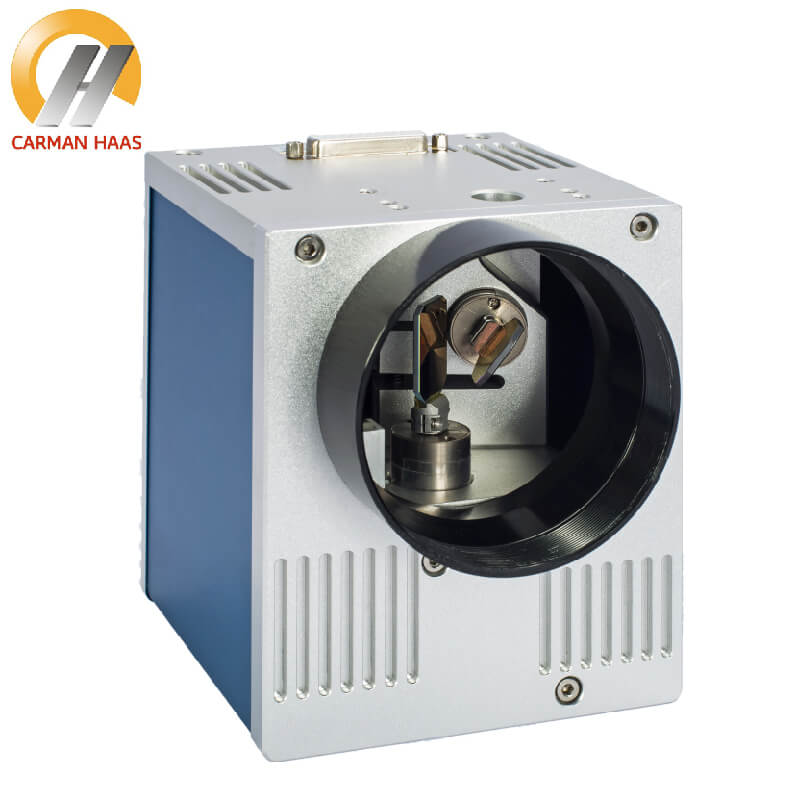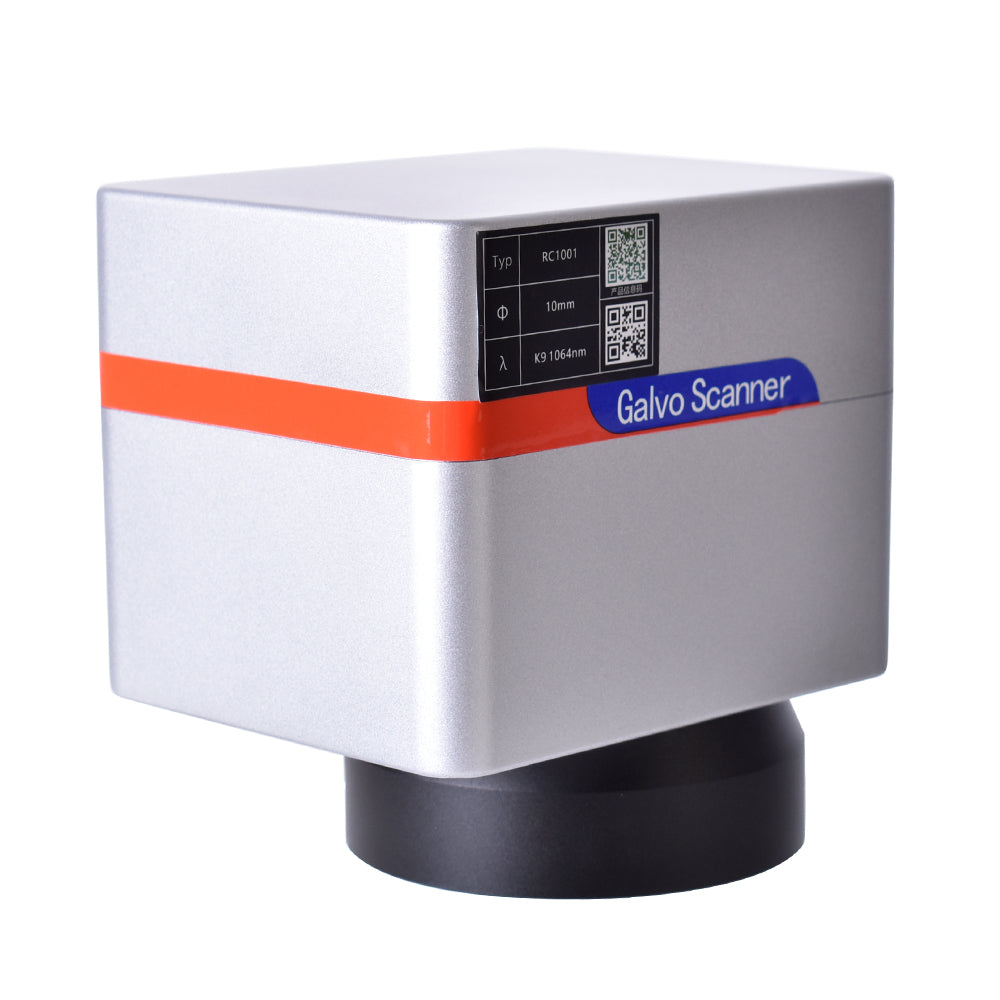Discover the Conveniences of Using a Galvanometer Scanner in Precision Measurement
How a Galvanometer Scanner Enhances Performance in Laser Scanning Technologies
The assimilation of galvanometer scanners in laser scanning innovations represents a pivotal improvement in precision design. By helping with quick and precise modifications of laser beam of light instructions, these devices dramatically improve operational performance throughout various applications, from medical imaging to commercial inscription.
Understanding Galvanometer Scanners
A galvanometer scanner is an innovative tool that leverages electro-magnetic principles to accomplish exact angular activity of mirrors or other reflective surfaces. These scanners run with the interaction of an electric existing and an electromagnetic field, allowing rapid and exact placing. This technology is crucial in applications calling for high-speed scanning, such as laser inscription, optical communication, and medical imaging.

Galvanometer scanners are often characterized by their fast reaction times and high angular resolution, making them perfect for applications that demand quick motions and exact positioning. Their integrity and efficiency make them an important element in modern laser scanning modern technologies, contributing substantially to developments in various areas, consisting of production, healthcare, and telecommunications.
Device of Laser Beam Control

The control mechanism depends on closed-loop comments systems that constantly check the light beam's position. The signals from optical sensing units supply real-time data to the control system, enabling for rapid changes to keep accuracy. This is important in applications where even small variances can jeopardize the high quality of the scan or inscribing.
Additionally, the galvanometer's reaction time is extremely important; high-speed electric motors enable speedy motions, guaranteeing that the laser beam of light can rapidly map complicated patterns or do elaborate procedures. The integration of electronic signal processing even more enhances the responsiveness and accuracy of the galvanometer scanner. Generally, the system of laser beam control through galvanometer scanners exemplifies the blend of advanced engineering and technology, yielding high-performance outcomes in laser scanning applications.
Advantages of Boosted Precision
Enhanced precision in laser scanning modern technologies uses significant advantages throughout numerous applications, from industrial production to clinical treatments. The assimilation of galvanometer scanners permits for very accurate light beam positioning, which is critical for tasks requiring meticulous information. This improved precision makes certain that the laser can target certain locations with marginal inconsistency, causing exceptional high quality outcomes.
In industrial contexts, specific laser scanning results in improved product consistency and minimized material waste. Parts produced with high index precision are less likely to require rework, thereby improving efficiency and minimizing operational costs. In clinical applications, the accuracy of laser treatments can significantly influence individual end results. For example, in laser surgery, precise targeting decreases damage to bordering cells, causing quicker recovery times and less problems.
Moreover, improved precision assists in sophisticated applications such as 3D imaging and microfabrication, where also minute mistakes can cause significant errors. By providing repeatable and reputable laser positioning, galvanometer scanners contribute to the total efficiency and performance of laser systems. In recap, the advantages of enhanced accuracy not just improve operational efficiency yet additionally raise the requirements of high quality and safety and security in numerous sectors.
Applications in Numerous Industries
The versatility of galvanometer scanners in laser scanning technologies this expands across several markets, each taking advantage of the accuracy they give. In the clinical field, these scanners are pivotal in applications such as laser surgery and imaging, allowing for very precise targeting of tissues while reducing damages to bordering areas - galvanometer scanner. Their rapid action and fine resolution are essential in producing top quality outcomes
In the production sector, galvanometer scanners improve procedures like laser inscription and cutting. Their capacity to rapidly direct laser beams onto surfaces enables effective production lines, boosting speed and accuracy in producing elaborate designs or parts.
The vehicle industry likewise takes advantage of galvanometer technology for top quality control and evaluations (galvanometer scanner). By employing high-speed scanning, suppliers can detect defects in materials or assemblies, making sure that products fulfill stringent standards
Moreover, in the amusement market, galvanometer scanners are employed in laser light shows and screens, providing vibrant aesthetic experiences with precise control over laser movements.
Future Trends in Laser Scanning
Arising innovations are poised to revolutionize the landscape of laser scanning, with galvanometer scanners at the center of this change. As industries increasingly require precision and important link effectiveness, the evolution of galvanometer technology will drive significant innovations in laser scanning applications.
Future trends suggest a growing combination of expert system and equipment knowing formulas, which will boost information processing capacities and automate decision-making in real-time. This synergy will certainly enable extra sophisticated evaluation of scanned information, leading to boosted accuracy in applications such as 3D modeling and independent navigating.
Additionally, the miniaturization of elements and the growth of innovative products will certainly add to lighter, much more portable laser scanning systems. This transportability will certainly broaden the reach of laser scanning modern technologies right into previously hard to reach settings, such as remote terrain and complex building areas.
The rise of increased reality (AR) and digital truth (VIRTUAL REALITY) applications will also shape the future of laser scanning. By integrating galvanometer scanners with AR and VR, customers will gain from immersive experiences that enhance visualization and job planning.
Final Thought
To conclude, galvanometer scanners play a crucial duty in enhancing laser scanning innovations through their accurate control of light beam instructions and quick angular adjustments. The combination of innovative comments systems and optical sensors considerably enhances operational speed and precision, bring about boosted end results in applications such as laser inscription and medical imaging. As markets increasingly embrace these technologies, the recurring developments in galvanometer scanner styles are expected to further elevate performance requirements and expand application possibilities.
The combination of galvanometer scanners in laser scanning modern technologies stands for a crucial innovation in accuracy design. Overall, the system of laser beam control with galvanometer scanners exhibits the combination of innovative design and innovation, producing high-performance end results in laser scanning applications.
By supplying repeatable and reliable laser positioning, galvanometer scanners contribute to the overall performance and performance of laser systems.The flexibility of galvanometer scanners in laser scanning modern technologies prolongs across numerous sectors, each benefiting from the precision they provide.In conclusion, galvanometer scanners play a crucial function in enhancing laser scanning innovations through their specific control of beam of light direction and rapid angular changes.